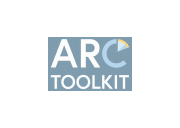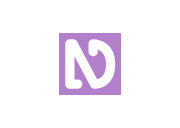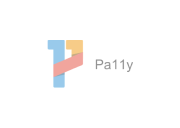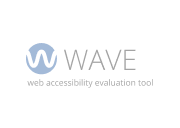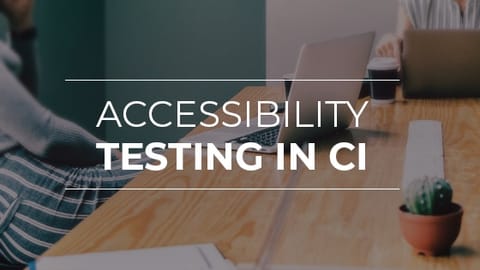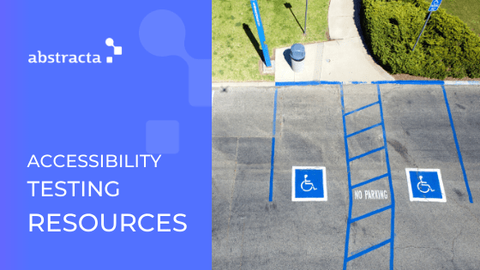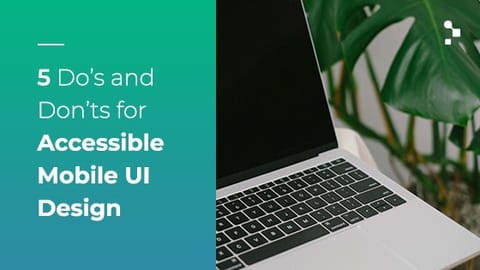Accessibility
Testing Services
Grow your Impact with Purpose
Minimize hidden blockers and unlock inclusive user experiences for all—automatically and at scale. Our accessibility testing services blend AI and smart automation with human expertise.
Can every visitor complete a purchase on your site?
Each obstacle means lost revenue, frustrated users, and legal risk. We hold over 17 years of experience helping teams fix accessibility issues fast.
Schedule your accessibility audit.













